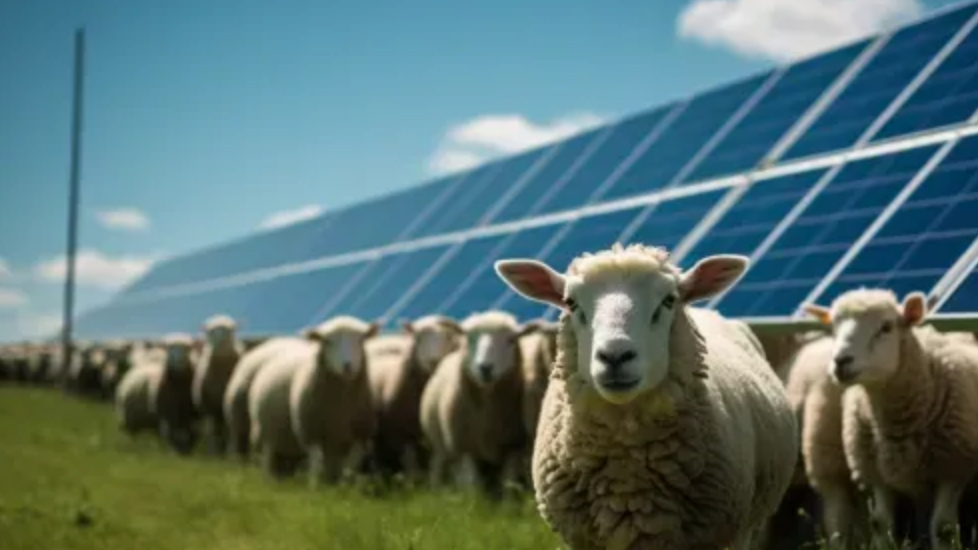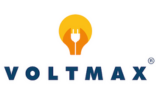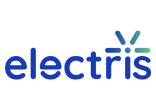
Agrivoltaics : The Next Big Thing in Sustainable Farming and Solar Energy
Agrivoltaics, or agrophotovoltaics, is a groundbreaking practice that marries agriculture and photovoltaic energy generation. By installing solar panels above crops, farmers can harness the sun’s energy while optimizing land use and reducing water consumption.
The Agrivoltaics Revolution : A Win-Win for Farmers and the Environment
Agrivoltaics is a win-win solution, offering a slew of benefits for both agriculture and solar energy production :
- Land Productivity Boost : Agrivoltaics can supercharge land productivity by up to 60%, enabling simultaneous farming and energy generation.
- Water-Saving Shade : Solar panels cast shade on crops, curbing water evaporation and enhancing crop yield, particularly in arid regions.
- Extra Income for Farmers : The electricity generated can power farm operations or be sold to the grid, creating an additional revenue stream for farmers.
- Biodiversity Preservation : Agrivoltaics reduces the need for separate solar farms, safeguarding natural habitats and biodiversity.
Agrivoltaics Takes Europe by Storm : Success Stories
Fraunhofer ISE’s Breakthrough in Germany
In Germany, the Fraunhofer Institute for Solar Energy Systems ISE conducted a pioneering pilot project that showcased the immense potential of agrivoltaics. The project, known as Agrophotovoltaic – Resource-efficient Land Use, was launched in 2015 on a 0.3-hectare plot in the Lake Constance region. It involved the installation of solar panels mounted five meters above the ground, allowing crops to be cultivated underneath.
The results were nothing short of impressive. Over a three-year period, the project demonstrated a staggering 186% increase in land-use efficiency compared to separate solar and agricultural use. The solar panels generated 1,126 MWh of electricity, enough to power 340 households. Meanwhile, the crops grown under the panels, including wheat, potatoes, and clover grass, yielded 80% of the conventional crop yield.
The project also revealed that the microclimate created by the solar panels had a positive effect on crop growth. The panels provided shade, reducing water evaporation and protecting the crops from extreme weather conditions. The success of the Fraunhofer ISE pilot project has sparked interest in agrivoltaics across Germany and beyond.
BayWa r.e. Supports Agrivoltaics Research with Four Pilot Projects
BayWa r.e. and its subsidiaries have built four pilot projects in Europe to support agrivoltaics research. These projects are part of ongoing research globally to examine how to best co-locate solar PV with agriculture for mutual benefits, which can include improved crop yields and land access. BayWa r.e.’s “fruitvoltaic” pilot projects in Austria, Germany, and the Netherlands aim to improve fruit quality through research on plant health, growth, and production, while reducing waste due to plastic foil. By the end of 2022, BayWa r.e. had developed and installed 15 agrivoltaics projects in the European Union. By the end of 2023, the first agrivoltaics projects will be built outside the EU and new “Rangevoltaic” applications added to its portfolio, in which animal husbandry for cows and sheep is combined with agrivoltaics.
The European Technology and Innovation Platform for Photovoltaics (ETIP PV) Report
The ETIP PV report on integrated photovoltaics highlights the significance of agrivoltaics in achieving Europe’s sustainability goals. The report calls for policies and regulations that foster agrivoltaics and harmonize rules across the EU. As agrivoltaics gains traction in Europe, it is poised to become a key player in the transition to a more sustainable and resilient future.
The Future is Bright for Agrivoltaics
The future of agrivoltaics looks promising, with growing interest from farmers, researchers, and policymakers. As technology advances and more pilot projects are conducted, agrivoltaics is poised to become a mainstream practice in sustainable agriculture and renewable energy generation.
- Technological Breakthroughs : Innovations in solar panel design, mounting systems, and energy storage will further enhance the efficiency and feasibility of agrivoltaics.
- Policy Momentum : Government policies and incentives will play a pivotal role in propelling agrivoltaics and addressing challenges such as initial investment costs and land-use regulations.
- Global Adoption : As the benefits of agrivoltaics become more evident, the practice is expected to gain traction worldwide, contributing to global sustainability goals.
Conclusion
Agrivoltaics is a transformative solution for sustainable agriculture and renewable energy generation. By combining solar panels with farmland, agrivoltaics is unlocking new potential for land productivity, water conservation, and additional income for farmers. As Europe seeks to achieve its sustainability goals, agrivoltaics is poised to become a key player in the transition to a more sustainable and resilient future.
Source : European Technology and Innovation Platform for Photovoltaics (ETIP PV). (2023). Strategic Research and Innovation Agenda on Photovoltaics.
More information : https://www.enerdeal.com/posts/agrivoltaics-the-next-big-thing-in-sustainable-farming-and-solar-energy






















